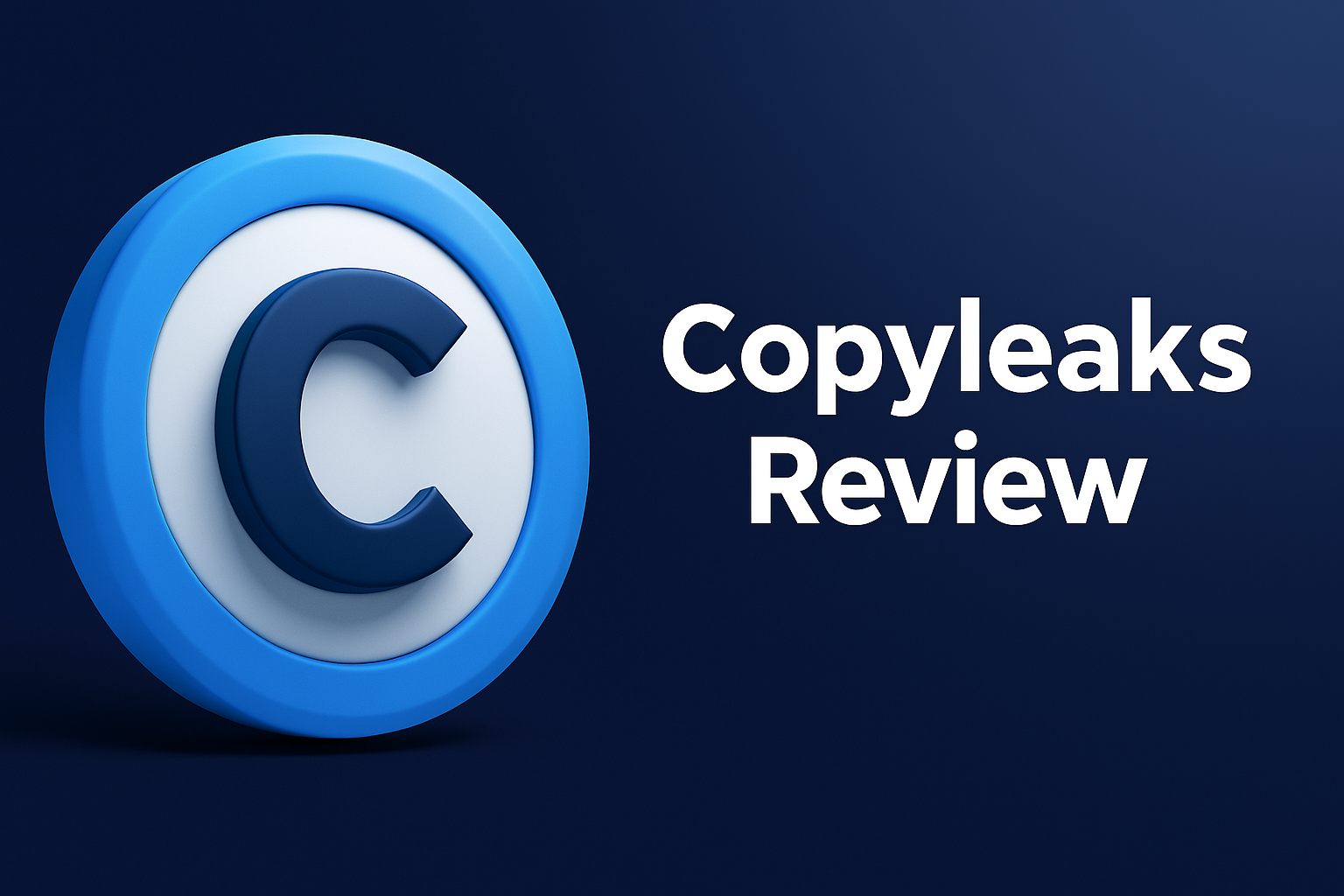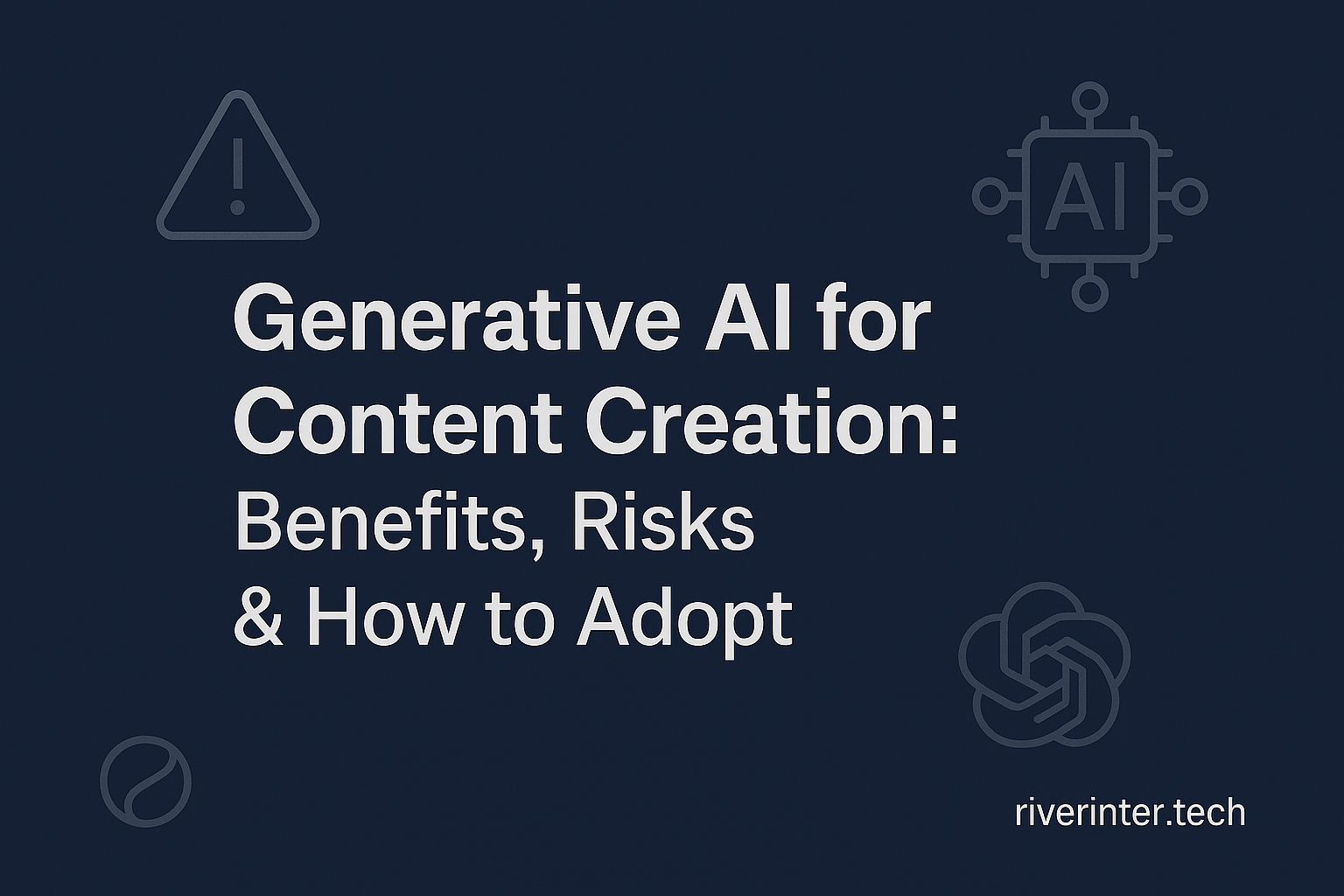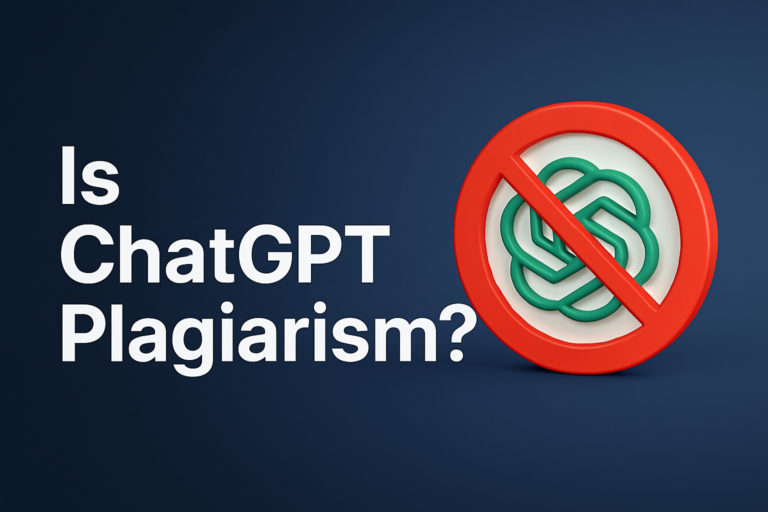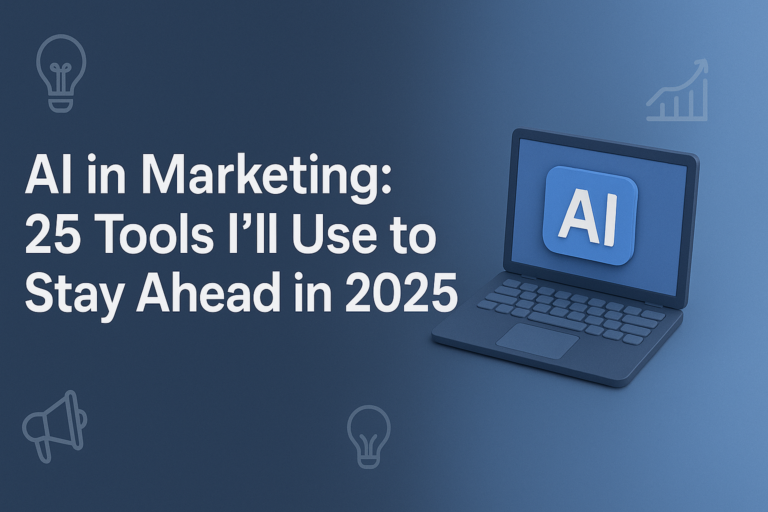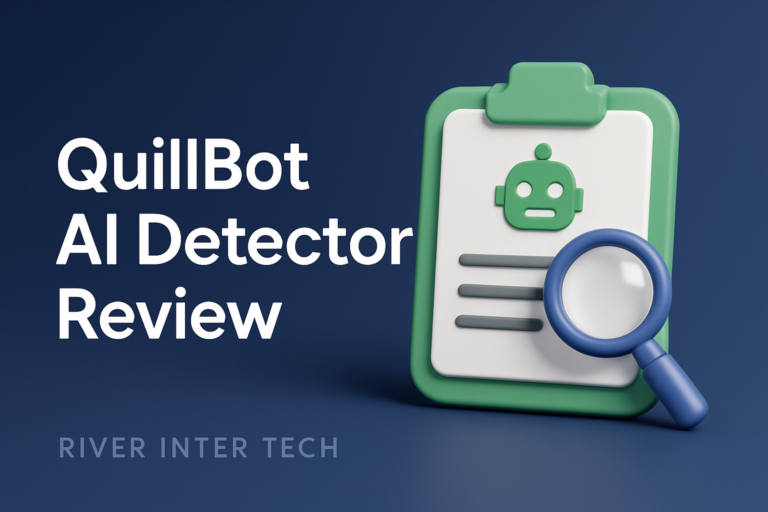Copyleaks Review: AI Detection and Plagiarism Checker Overview
That essay you got, or the blog you paid for, is really original or just tweaked by AI? Copyleaks promises to answer that question, but is Copyleaks accurate enough to catch everything? Let’s break down what Copyleaks can actually do, how it works, and what you need to know before you trust it for your school, business, or writing project.
Humanize AI and Detect AI: What’s the Deal?
AI is everywhere. So are tools that try to spot it or rewrite its output to sound more human. There are two main types of these tools:
- AI Humanizers: These tools change AI-written text to make it hard to spot by detection systems. They shuffle sentences, swap words for similar ones, and tweak grammar. Sometimes, they even make writing less natural, just to trick detectors. Humanizers like Walter Writes and Undetectable.ai often boast a 95% success rate in fooling top detectors.
- AI Detectors: These tools look for patterns and language clues that suggest a machine wrote the text. Copyleaks, Turnitin, GPTZero, and Winston are big names here, all using different algorithms to spot the signs of AI.
Why does this matter? Because students, teachers, writers, and editors all face the challenge of proving if content is truly original or not. It’s not always simple. AI detectors flag suspicious text, but humanized content can still slip through. This raises the question: is Copyleaks AI detector accurate enough for these challenges?
Copyleaks: Quick Overview
Copyleaks uses machine learning and deep language checks to do two things:
- Detect AI-generated content (from models like GPT-3, GPT-4, Claude, and LLaMA).
- Check for plagiarism against a huge database of academic sources, websites, and published work.
Is Copyleaks accurate in achieving these goals? It’s popular in schools and businesses that want to ensure writing is both original and human. For standard, unedited AI text, Copyleaks works pretty reliably. In tests, it caught about 93% of basic GPT-3 writing. But when it comes to text that’s been heavily paraphrased or “humanized,” its accuracy drops to around 62%.
False positives can also be a headache, especially for essays by international students or anyone who writes in a very formal style.
One thing Copyleaks does well: its reports are clear and color-coded, showing which parts of text seem suspicious, and how sure the system is. That makes it easy to explain results to others.
Key Features of Copyleaks
Let’s get into the nuts and bolts.
AI Detection Capabilities
Copyleaks checks for writing produced by a wide range of AI models: GPT-2 through GPT-4, Claude, LLaMA, and more. That means it’s up-to-date with the current technology wave. But is Copyleaks AI detector accurate enough to catch “straight-from-AI” writing and not content that’s been run through a humanizer or rewritten?
Plagiarism Detection
The plagiarism checker is strong. Copyleaks claims to cover almost all published content, including academic journals, websites, and books. It finds copied material in essays, code, and even across 30+ languages. It’s especially handy in schools or any place where original work matters.
Multi-Language Support
Copyleaks can scan in over 30 languages. That’s a big deal for global users. However, results in non-English texts—especially with complex sentence structures—are sometimes less reliable. The accuracy drops to about 70% outside of English, so don’t expect perfect results if your writing isn’t in English.
Usability and Reporting
Most people find Copyleaks easy to use. The dashboard lets you upload files, run scans, and download detailed reports with just a few clicks. Reports highlight suspicious sentences and give side-by-side comparisons with matching sources or suspected AI. Bulk CSV exports are available for teachers or content managers who need to check dozens of papers at once.
Copyleaks also integrates with popular learning tools like Moodle and Canvas and has an API for more technical users.
Testing Copyleaks: How Accurate Is It?
Let’s look at real results, not just marketing claims.
- In a side-by-side test, Copyleaks flagged 92% of unedited GPT-3 text as AI. That’s a solid hit rate. But after “humanizing” the same text—using paraphrasing tools or sentence shuffling—Copyleaks only caught 58% of it as AI. This brings back the question: is Copyleaks accurate with heavily humanized content?
- The tool’s plagiarism detection, though, stayed strong. It reliably found copied text, even in paraphrased passages or across languages.
- There’s a catch: Copyleaks sometimes marks human writing as AI. This happens about 7% of the time, most often with essays from students who use non-standard grammar or write in a second language.
If you rely only on Copyleaks, you could miss advanced AI content. Manual review, especially in tricky cases, still matters. Reviewers say that combining Copyleaks with a human check cuts mistakes by about a third.
Pros and Cons of Copyleaks
Here’s what stands out, both good and bad:
Pros
- Easy to use: Clean interface, quick learning curve.
- Accurate plagiarism checker: Covers many sources, gives detailed and shareable reports.
- Broad language support: Scans over 30 languages, which is rare.
- Bulk upload and reporting: Great for busy teachers or editors managing lots of documents.
- Integrations: Works with learning management systems and has a public API.
Cons
- Struggles with humanized AI writing: Skilled paraphrasing can slip past Copyleaks, dropping its detection rate to about 60% in some tests.
- False positives: It sometimes marks real student or ESL writing as AI, which can lead to unfair accusations.
- Technical glitches: Users have reported crashes, lost work, or slow scans.
- Expensive at scale: Credits don’t roll over, so if you don’t use them, you lose them.
- Customer service issues: Some people say support is slow, especially for refunds or tricky questions.
Copyleaks Alternatives
What if Copyleaks isn’t perfect for your needs? Here are some top choices:
- Turnitin: Trusted by schools worldwide, Turnitin combines strong plagiarism checks with AI detection. It claims up to 98% accuracy for basic AI, but details on how it works are less transparent.
- Originality.AI: Good for teams and bulk scanning. It offers clear scores and is often cheaper for large volumes of content.
- Walter Writes: Useful mainly for “humanizing” AI content and testing the limits of detectors. It helps you create text that bypasses most AI checkers.
- AIDetectPlus: One-time payment, credits never expire, and tailored tools for students, marketers, and teachers.
Using more than one detector, especially for high-stakes checks, helps you get a more rounded answer. If results disagree, a manual review is always a good move.
Pricing Breakdown
Now let’s talk money.
- AI + Plagiarism Plan: $16.99/month for 100 credits (about 25,000 words). Only two users per account. Credits reset every month.
- Plagiarism Plan: $10.99/month for 100 credits. Focuses on plagiarism; no AI detection.
- AI Detector Plan: $9.99/month for 100 credits. Just AI checks.
- Enterprise/LMS Plans: Custom pricing for big institutions; includes API access and bulk features.
- Pay-as-you-go: $1.20 per page if you just want to check a few pieces without committing to a plan.
Compared to some competitors, Copyleaks can cost more if you check lots of content, since credits vanish if unused. Originality.AI, for example, offers bulk discounts and is often better value for large organizations.
So, Is Copyleaks Worth It?
Is Copyleaks accurate enough for your needs? Copyleaks is great at finding plagiarism and obvious AI content. Its reports are clear and easy to share, and it covers more languages than most competitors. But don’t expect it to catch every trick. If your main worry is text written by advanced AI that’s been carefully rewritten, Copyleaks alone isn’t enough. You might get false alarms, too—especially with international or highly edited writing.
If you want a tool that “just works” for basic originality and transparency, Copyleaks is a solid choice. For higher accuracy or specialized needs, use it alongside alternatives and check tricky results yourself.
Before you decide, always try the free trial with your real-life samples. And remember: no tool, not even Copyleaks, is perfect. Trust your own review process, save your reports, and keep up with updates—because both AI and AI detectors keep changing fast.
FAQs about Copyleaks
Q1: How accurate is Copyleaks in detecting AI content?
Copyleaks finds about 60-93% of AI-written content. It works best on unedited GPT-3 or GPT-4 text, but accuracy drops on paraphrased or humanized samples.
Q2: Does Copyleaks work with non-English content?
Yes, but the accuracy falls to about 70% for non-English writing.
Q3: Can Copyleaks flag human-written or ESL content as AI?
Yes, this happens in about 7% of cases, especially for essays written in a second language or using a formal tone.
Q4: What does Copyleaks cost?
Plans start at $9.99/month, with credits for about 25,000 words. There’s also $1.20 per page if you want no-commitment checks. Institutional discounts may apply.
Q5: What alternatives are best?
Try Turnitin for education, Originality.AI for volume, Walter Writes for “humanizing” tests, or AIDetectPlus for single payments and credits that never expire.
Q6: Does Copyleaks help explain results?
Yes, it gives detailed reports and support docs. You can also request a manual review if you disagree with a detection score.
Q7: How often does Copyleaks improve its detection?
Major updates roll out every two or three months.

